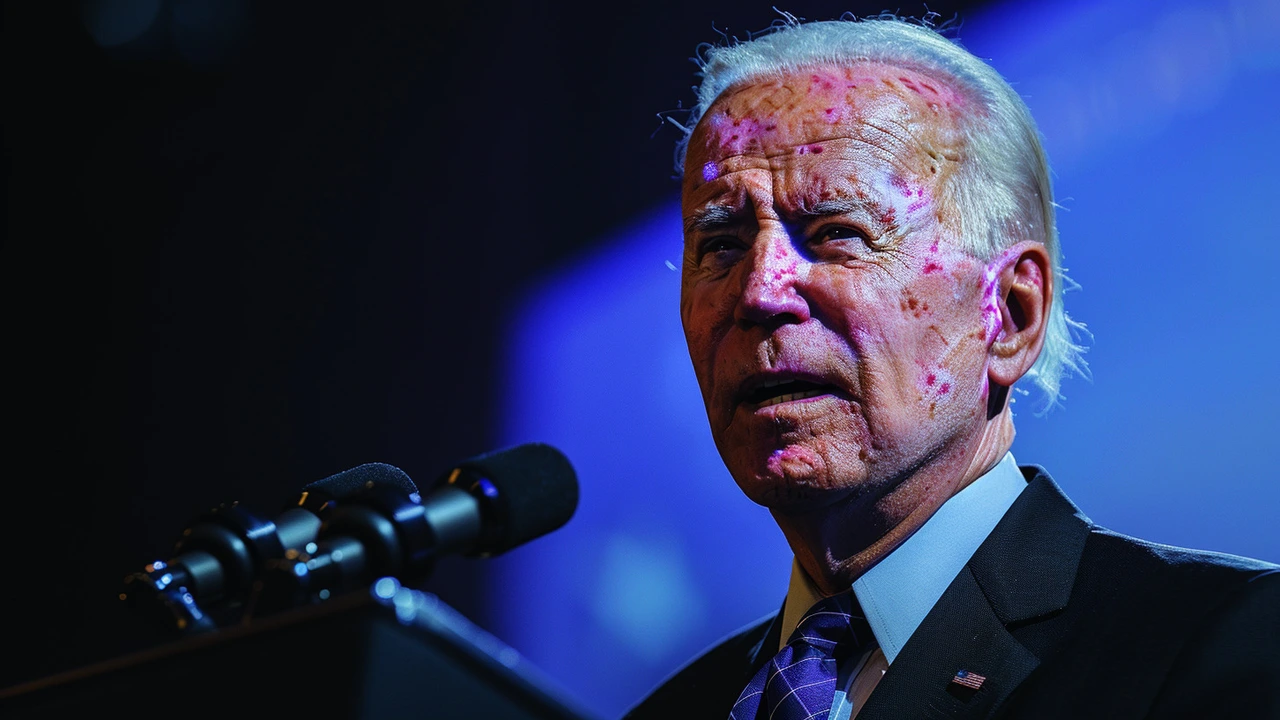False Claims: Spot, Verify and Report Misinformation
False claims spread fast. A shocking post, a doctored photo, or a misleading headline can travel across WhatsApp groups and social feeds before anyone checks. That matters here in Africa and everywhere — wrong information can harm elections, public health, businesses, and people’s reputations. Want to stop the noise? Start by learning practical checks you can do in minutes.
Quick ways to spot false claims
First, look at the message itself. Does the headline shout or demand action? Strong emotional language — panic, outrage, or urgent pleas — is a red flag. Check who posted it. Is the account new or anonymous? New profiles with lots of shares and little history often push misleading content.
Next, inspect images and video. Does the visual match the caption and date? Reverse image search (Google Images or TinEye) can reveal if a photo was taken years earlier or used in another country. For video, slow it down and look for inconsistent lighting, odd cuts, or reused clips from unrelated events.
Also check facts inside the text. Are exact numbers, names, or places missing? Vague claims like "many people" or "experts say" without sources are suspicious. Reliable stories usually link to official statements, reports, or named journalists.
How to verify and report false claims
Start with trusted sources. Search reputable local and international outlets to see if they report the same story. For African news, check outlets known for accuracy and fact-checking units like Africa Check, BBC Africa, or national public broadcasters. If the claim involves science or health, look for government health departments or WHO statements.
Use simple tools: reverse image search, video frame grabs, and a quick WHOIS lookup on the domain. For social posts, check timestamps and cross-check with eyewitness tweets or photos from reliable reporters. If multiple independent sources match, the claim is more likely true. If not, treat it cautiously.
If you confirm false information, report it. Social platforms have report options for misinformation — use them. Share corrections with the same network where the false claim appeared. Tag reliable articles and explain briefly why the original post is wrong. For harmful or illegal claims, consider reporting to platform trust teams, local media regulators, or legal authorities.
Want to be a better consumer of news? Pause before you share. A ten-second check can prevent harm. Teach friends and family simple steps: verify the source, run an image search, and look for named sources. Together, small actions reduce the reach of false claims and help keep discussions grounded in facts.
Need quick links to tools or fact-check sites? Search for "reverse image search," "Africa Check," "news verification tools," or visit your national broadcaster’s fact-check page. Doing this regularly makes spotting false claims almost second nature.



